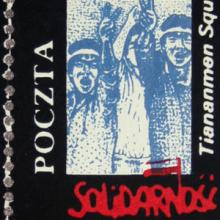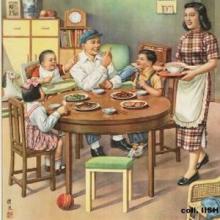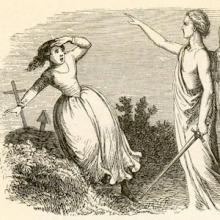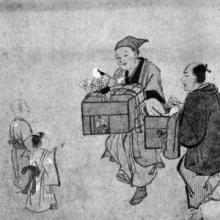Asia
Long Teaching Module: Sexuality, Marriage, and Age of Consent Laws, 1700-2000
In western law, the age of consent is the age at which an individual is treated as capable of consenting to sexual activity. Consequently, any one who has sex with an underage individual, regardless of the circumstances, is guilty of a crime.

Short Teaching Module: Remembering Tiananmen Square
Although China is located quite far from Eastern Europe, dissidents in Eastern Europe identified with the struggles by opposition leaders in China and used images of the 1989 Tiananmen Square uprising to reinforce memories of resistance in Eastern Europe.
Southeast Asian Politics: Website, Sisters In Islam
The women’s movement has always been inherently global, but by the end of the 20th century there was a new burst of transnational women’s organizing as women used new technologies to network at home and abroad.
Southeast Asian Politics: Song, Philippine Feminist Movement
This song, entitled Maria and sung in Tagalog (a Philippine language), challenges cultural constructions of women as passive, as sex objects or domestic cooks. “Maria” is used as a generic term for woman. The song identifies heroines such as Lorena Barros, Gabriela Silang, and Tandang Sora.

Short Teaching Module: Chinese Propaganda Posters
Visual images provide valuable material for the exploration of childhood, youth and history.
Writers of the Heian Era: Fiction, The Tale of Genji 2
The greatest work produced during the Heian era was The Tale of Genji by Murasaki Shikibu, lady-in-waiting to Empress Akiko. Considered the world’s first novel, Genji is written as an absorbing portrait of Heian court life, the splendor of its rituals, and aesthetic culture.

Short Teaching Module: Children, Culture, and Folktales
For this particular lesson we examined two classic tales that while similar in many respects, highlight regional cultural differences especially in regard to childhood ideals.

Short Teaching Module: Play in Tokugawa Japan
At the beginning of a lecture on the daily life of townsmen in Edo (Tokyo), I first presented an image of Tokugawa-period (1600–1868) Japanese children. This detail from an ink painting by Hanabusa Itchô (1562–1724) shows a childhood experience common to both sexes: watching a puppet show.
Writers of the Heian Era: Diary, Lady Sarashina
The Sarashina nikki (Sarashina Diary, ca. 1059 CE) is the memoir of a woman called “Takasue’s Daughter,” also known as “Lady Sarashina” from the translator Ivan Morris’s name for her.
Writers of the Heian Era: Fiction, The Tale of Genji 1
The greatest work produced during the Heian era was The Tale of Genji by Murasaki Shikibu, lady-in-waiting to Empress Akiko. Considered the world’s first novel, Genji is written as an absorbing portrait of Heian court life, the splendor of its rituals, and aesthetic culture.